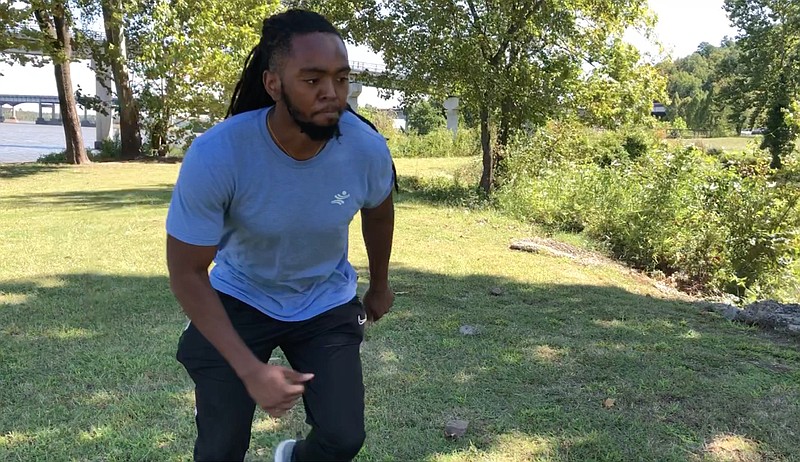Cold weather workouts can be a bit daunting at first, especially in the morning. You roll out of your cozy bed and gaze out the window into the steel gray skies. A quick phone check reveals the temperature to be 41 degrees.
This is a tough scenario, but one that has already occurred a few times in my neck of the woods.
This week, I have a few tips for overcoming the seasonal changes to maintain momentum. Plus, I will introduce an exercise that is perfect for cold weather workouts.
People are looking for ways to continue exercising while maintaining social distancing. Many fitness center operators have done their part, and outdoor and at home workouts are more popular than ever. But winter is coming. So, it will be important to be able to adjust to conditions to maintain consistent, top-quality exercise sessions.
Having the right gear is critically important in serious cold. I recommend a base layer of thin, moisture-wicking material that will also hold heat close to the skin. Many outdoor clothing manufacturers offer this type of technology at varying price points, so sweat-wicking base layers are relatively easy to find.
The next layer needs to offer warmth and flexibility for movement, so a thin pullover or quarter-zip serves well. When things get really nasty, top everything with a wind-breaking "shell." These are generally rain resistant (although usually not rain proof) and help to prevent wind chill.
The final piece of the puzzle is a footwear. Wool hiking socks (the thin kind) are great options that will keep toes warm and fill up the shoes to keep a warm, tight fit.
The decision on which shoes or boots to wear, in my view, should be completely based on precipitation. Forget style and focus on traction. If it's raining or snowing, go with some good hiking boots that will stand up to the elements, or a rugged trail runner should do the trick. I would not recommend a straight running shoe during cold weather months, as the ground moisture will create a slippery surface.
When it comes to the actual workout, choose exercises that keep the heart rate high. Get the legs involved by doing squats, hops, lunges and other exercises that tax the large muscle groups, maximizing blood flow.
This week's exercise is a great example of a cold weather, outdoor movement that is perfect for all fitness levels. The Slalom Jump is easily modifiable and requires no equipment.
1. Place six small rocks in a staggered, zigzag row with each rock separated by about 2 feet apart.
2. Stand at the end of the row and leap with one foot toward the outside of the closest rock, pause here on one foot, then leap to the outside of the next rock with the opposite foot.
3. Pause there and then continue this pattern of leap and pause, leap and pause.
4. Once you reach the end, turn around and repeat.
5. Perform five or six "laps."
The idea behind the Slalom Jump is to build hip strength and balance you can call upon when you're moving over rough terrain.
Our bodies are so used to walking on a perfectly flat surface that we are often challenged when forced to traverse a different landscape. This exercise trains the lower body to handle those challenges and provides the neurological feedback to help with balance at the same time.
It's a great option for all fitness levels because the rocks can be moved closer together (novice) or farther apart (expert) to accommodate any intensity desired. Enjoy!
Matt Parrott has a doctorate in education (sport studies) and a master's in kinesiology and is certified by the American College of Sports Medicine.

